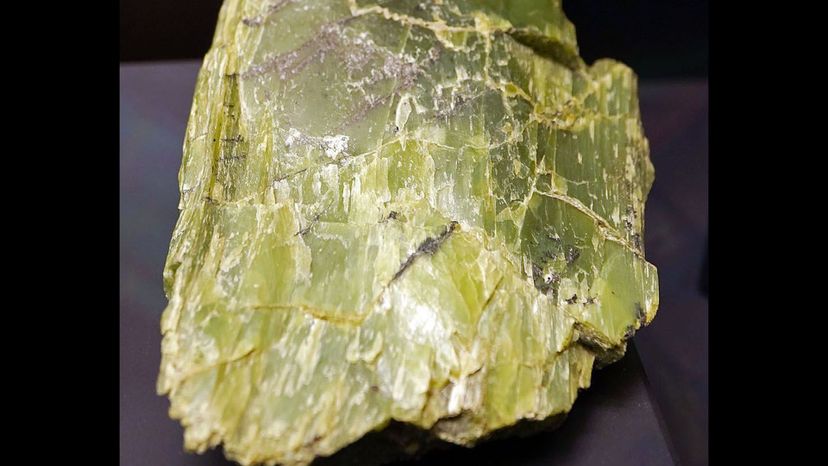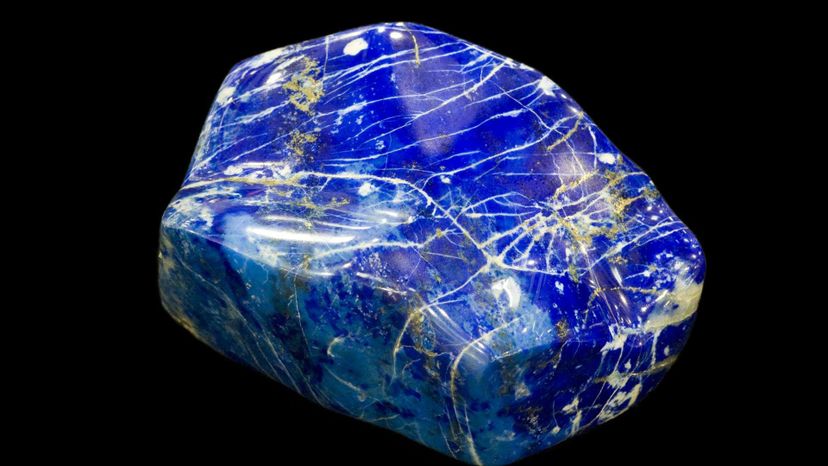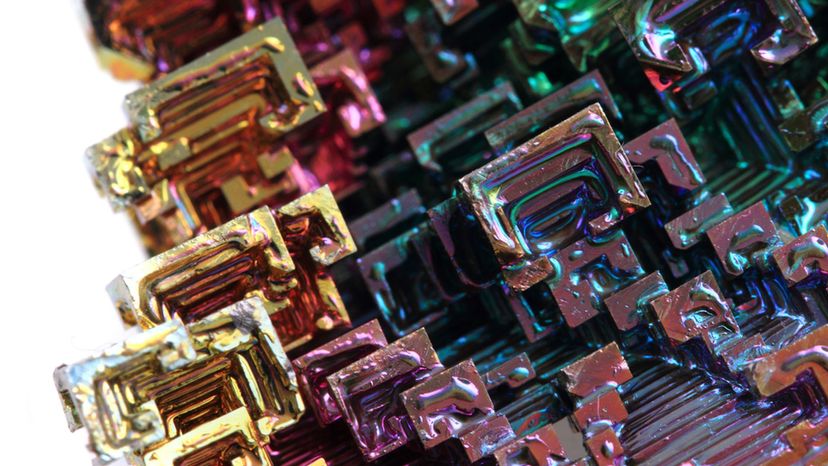
About This Quiz
Can you tell amethyst from sapphire or granite from quartz with just a single glance? Know the difference between sandstone and limestone, or marble and basalt? Take our quiz to see if you have what it takes to identify all of these stones from just a single photo!
In a world where things are always changing, and so many products are deemed "fast" or disposable, there's something comforting about the permanence of one of nature's oldest and most durable materials. From rocks to stones, crystals and gemstones, materials produced by Mother Nature herself offer a dependability and longevity not found in many plastics or synthetics.Â
Of course, it only makes sense that stones should endure when you consider how long it takes to make them! Over millions or billions of years, various minerals in the Earth combine and harden over time, forming the objects we know as granite, diamond and other rocks and stones. The unique combination and composition of these minerals give the stones their appearance and properties, from shine and reflectivity to hardness and chemical resistance. This is why a ruby looks different from an emerald, and why granite makes for ideal kitchen countertops.Â
With so many combinations of minerals making up different rocks and stones, it can be tough to tell one from another. Think you're up for the challenge? Take this quiz to find out!
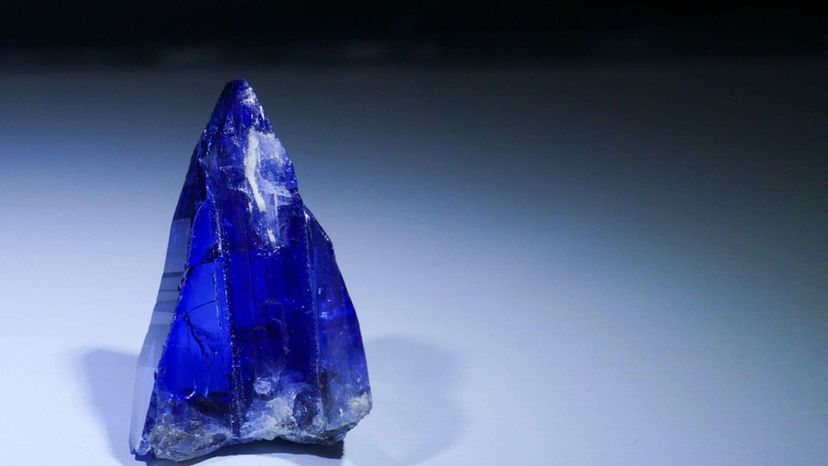
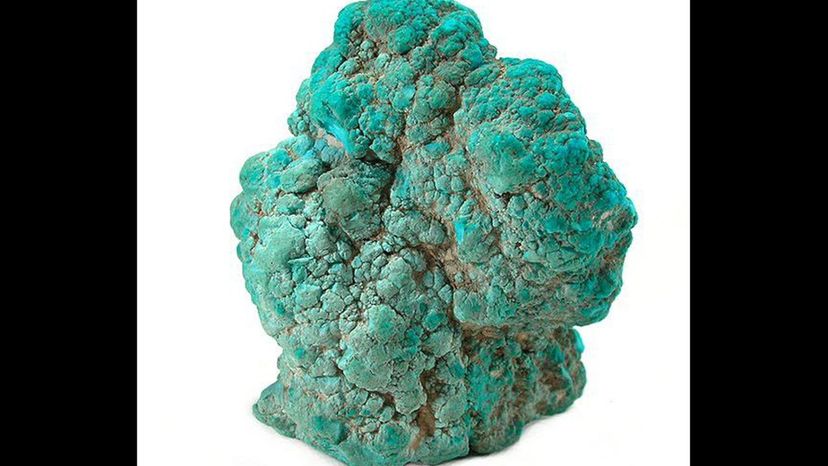
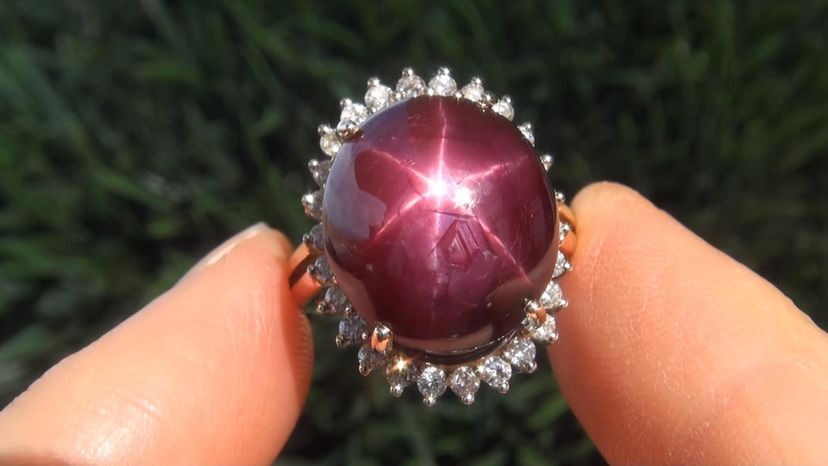
Advertisement
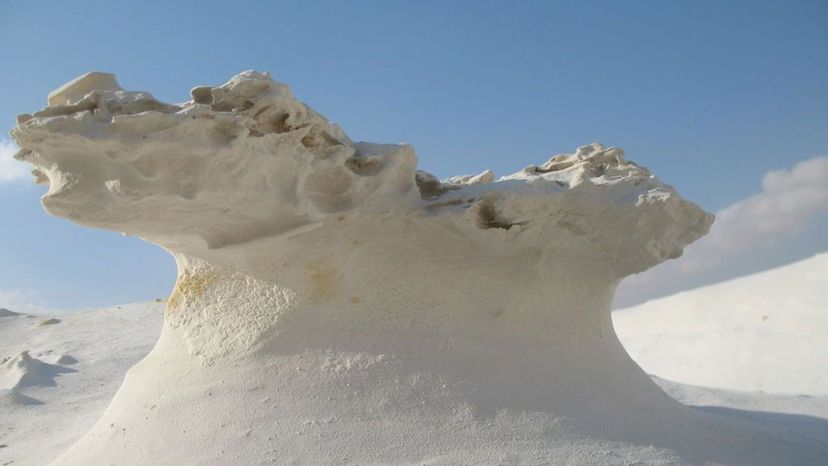

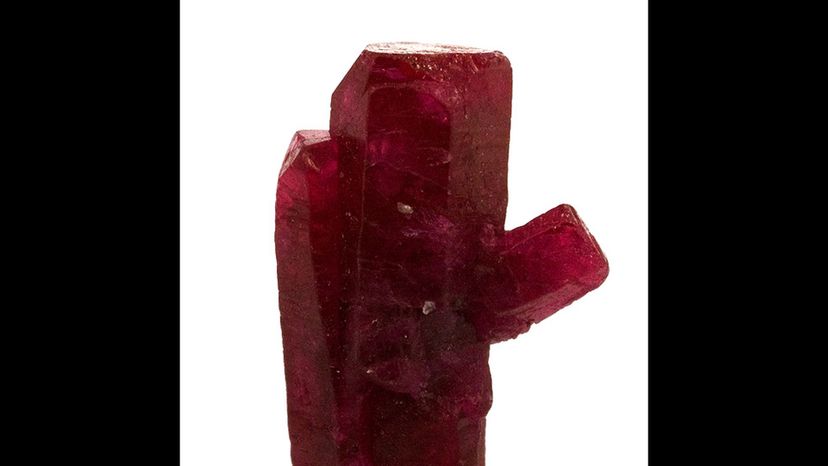
Advertisement
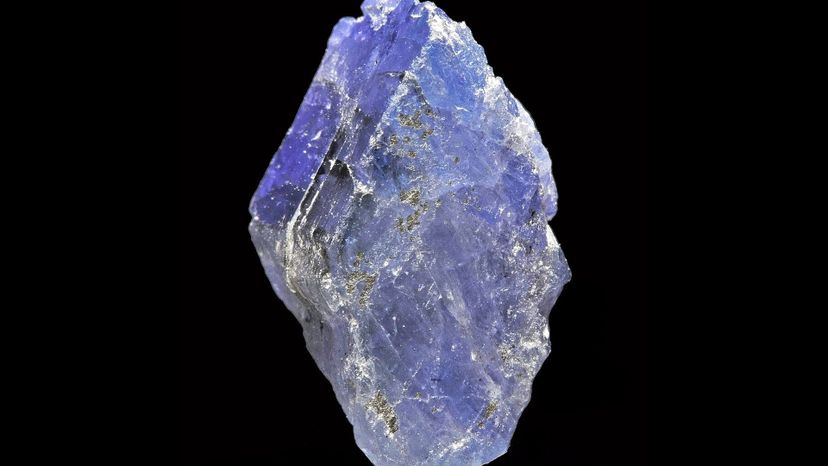
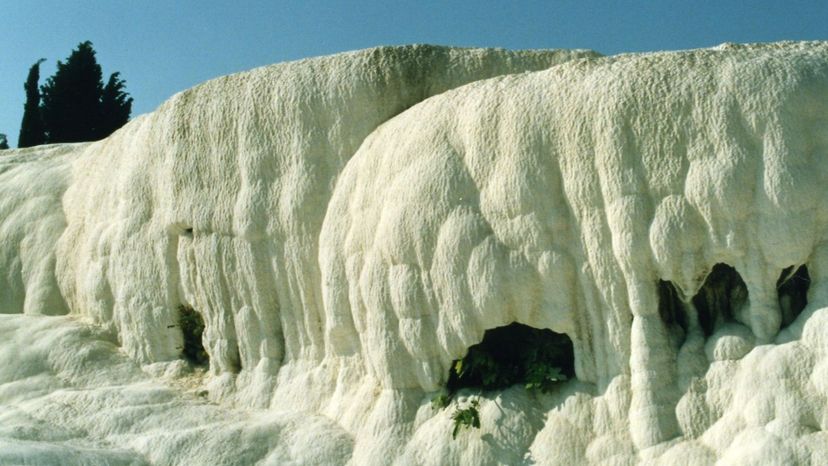
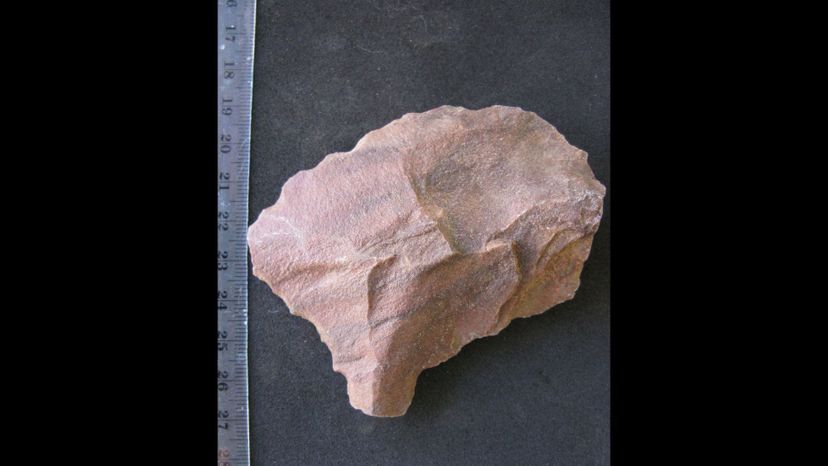
Advertisement

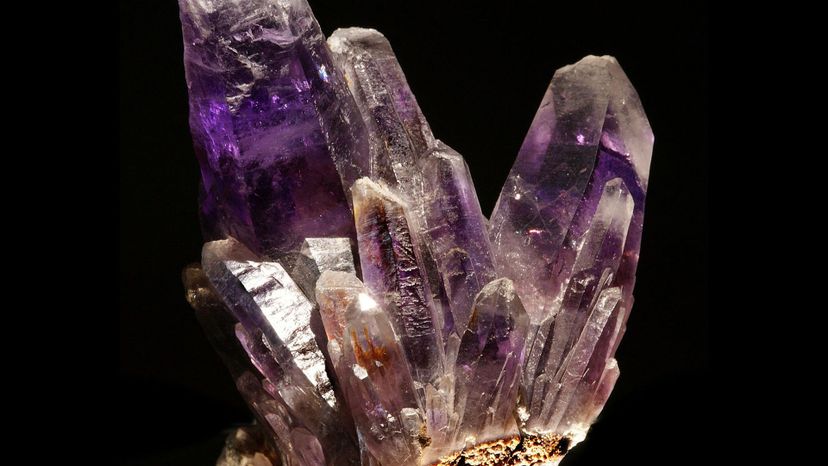
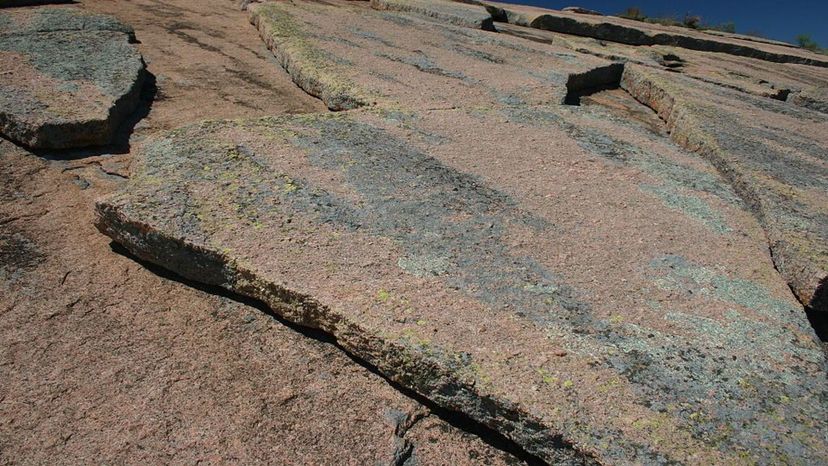
Advertisement
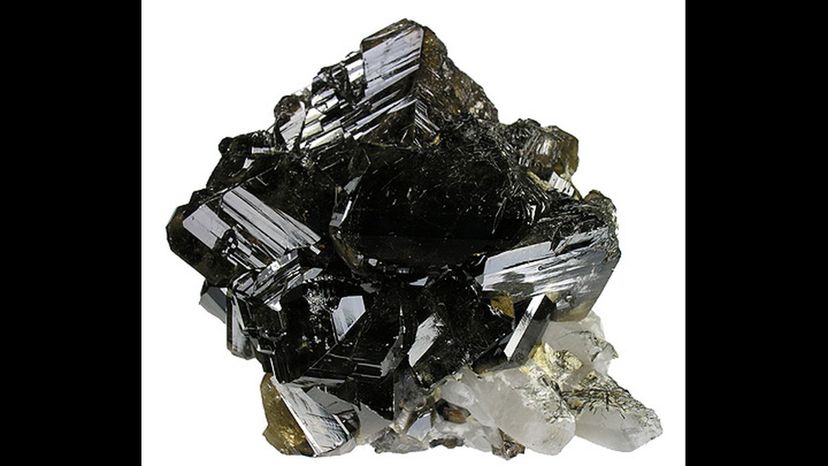
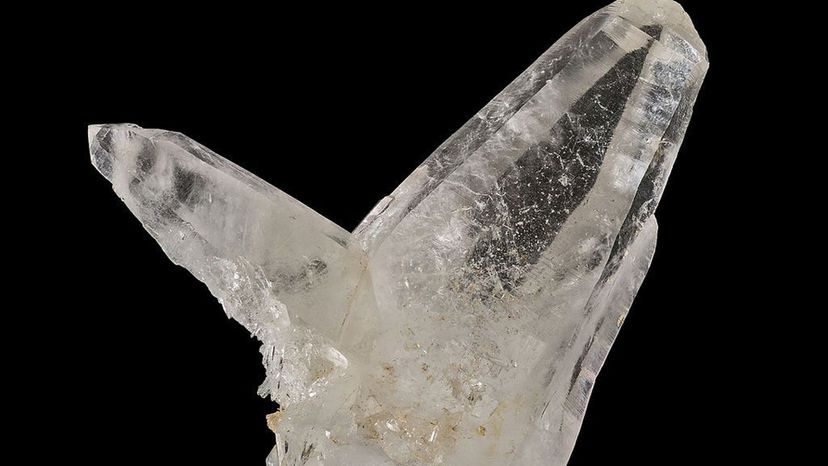
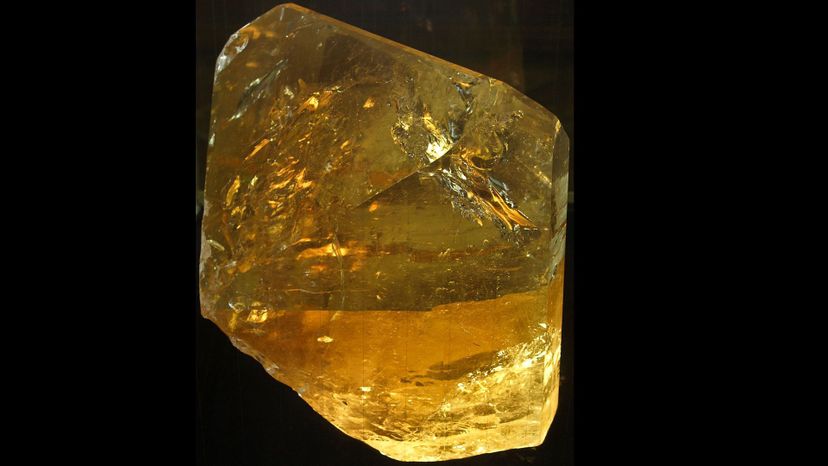
Advertisement
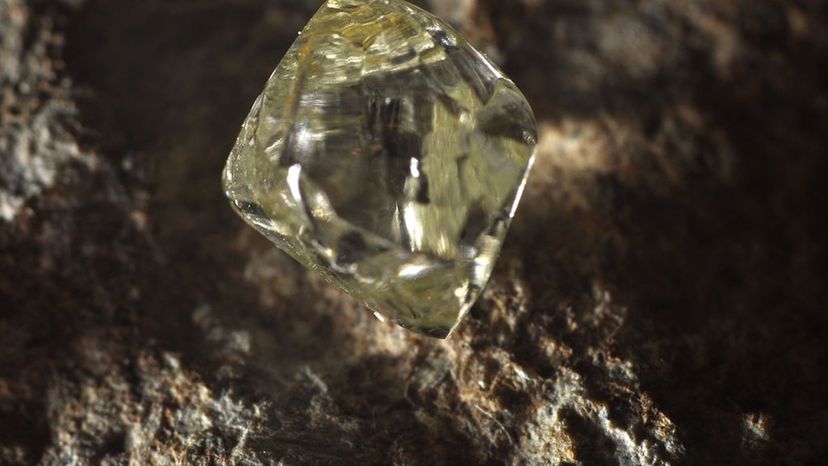
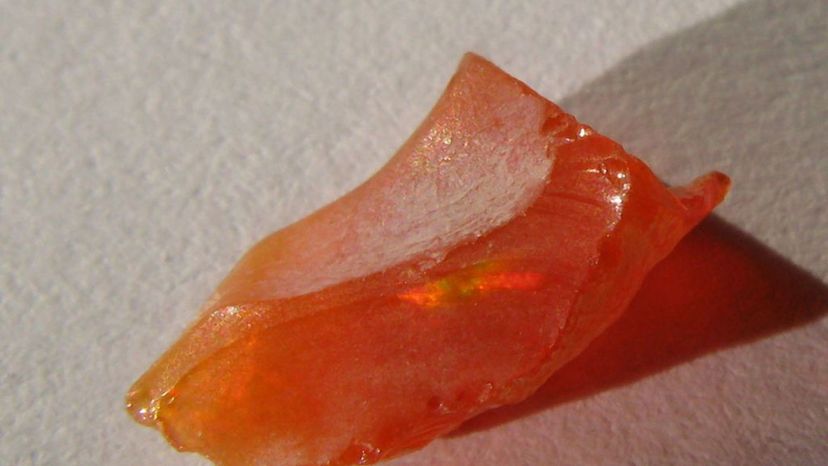
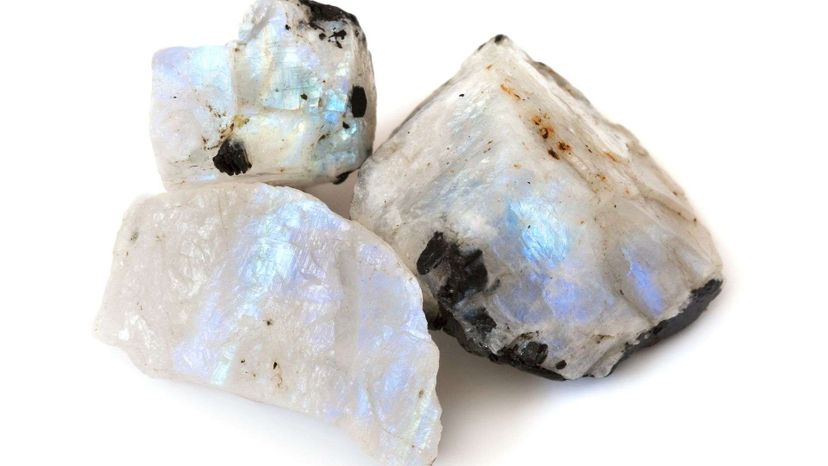
Advertisement
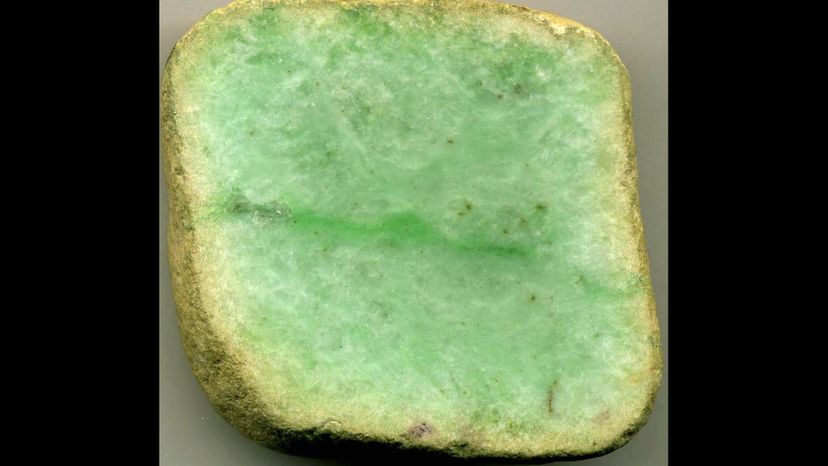
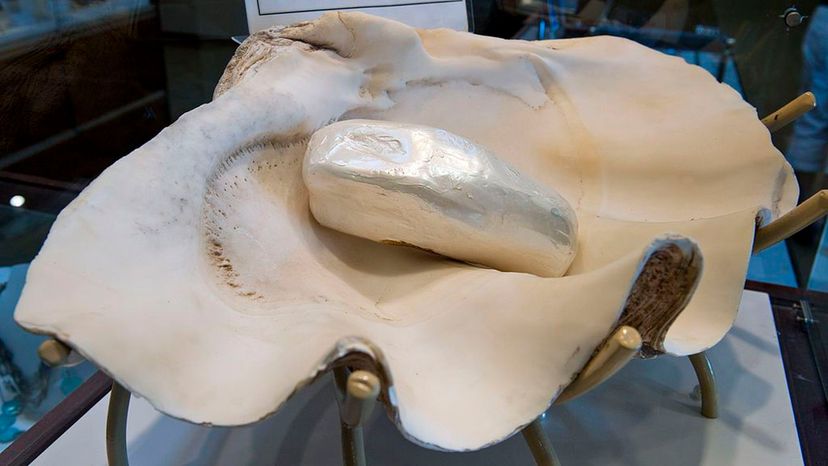
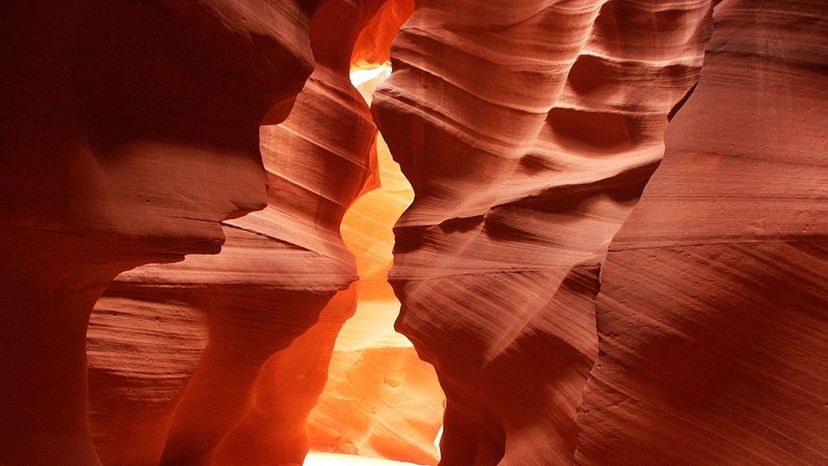
Advertisement
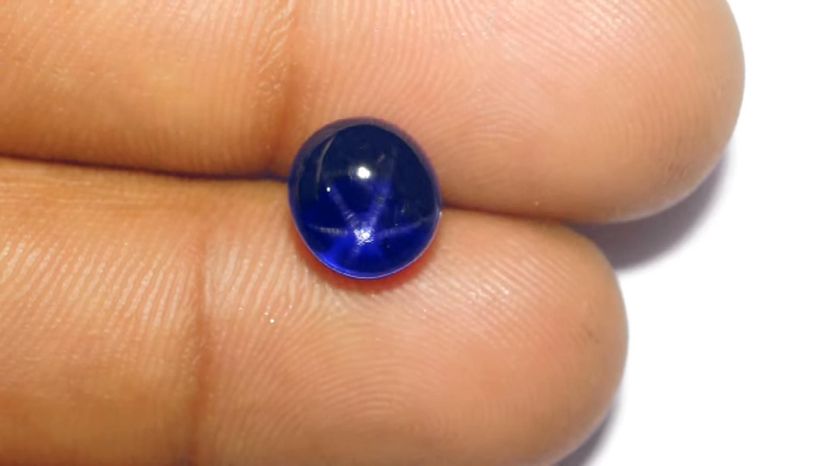
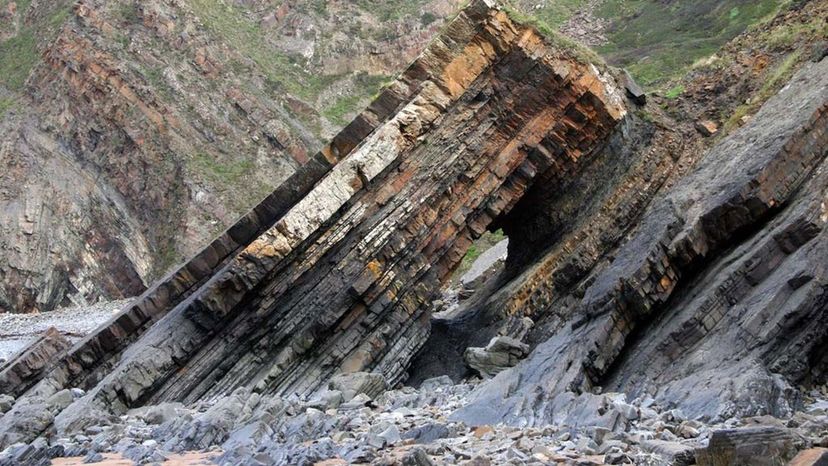
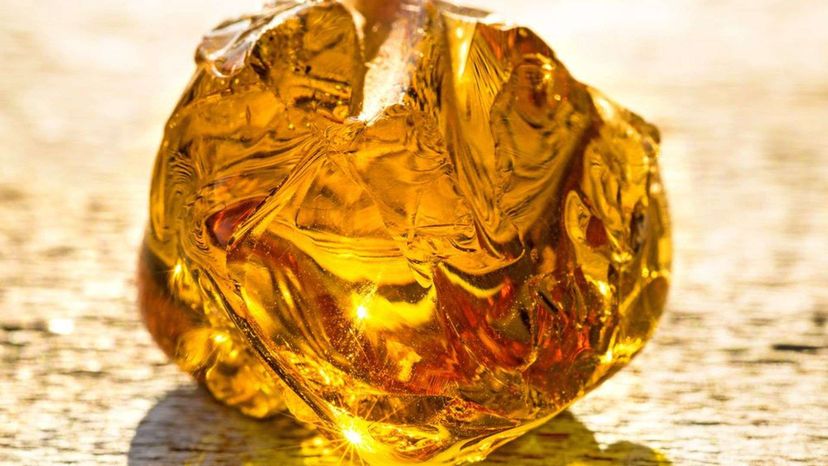
Advertisement
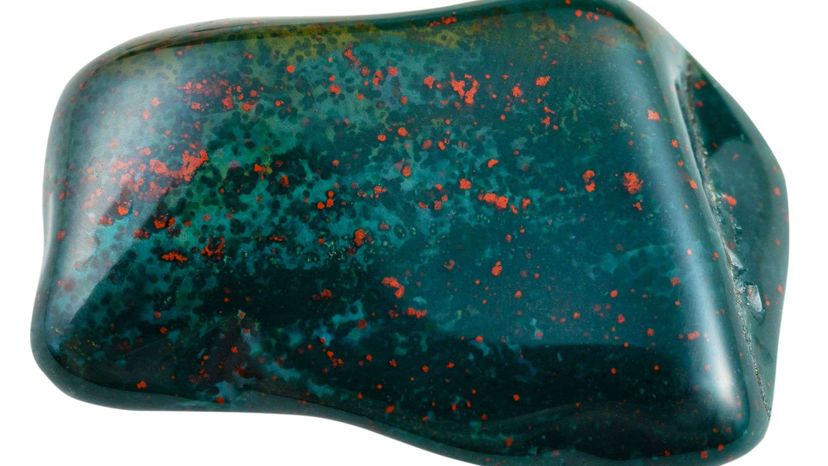
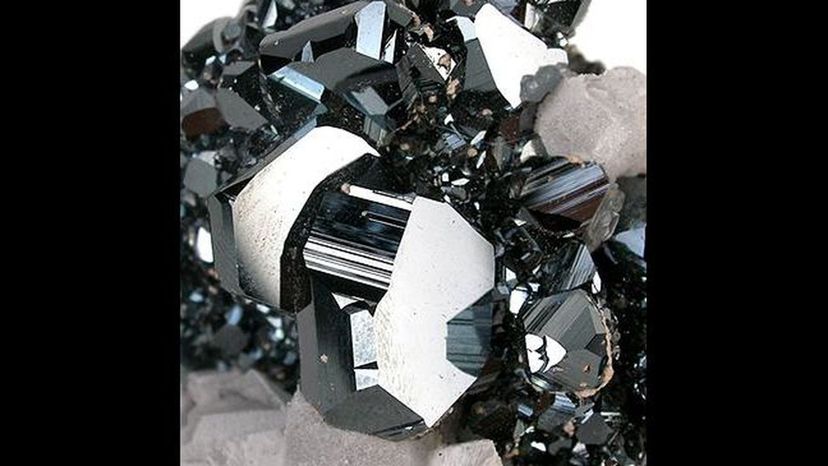

Advertisement
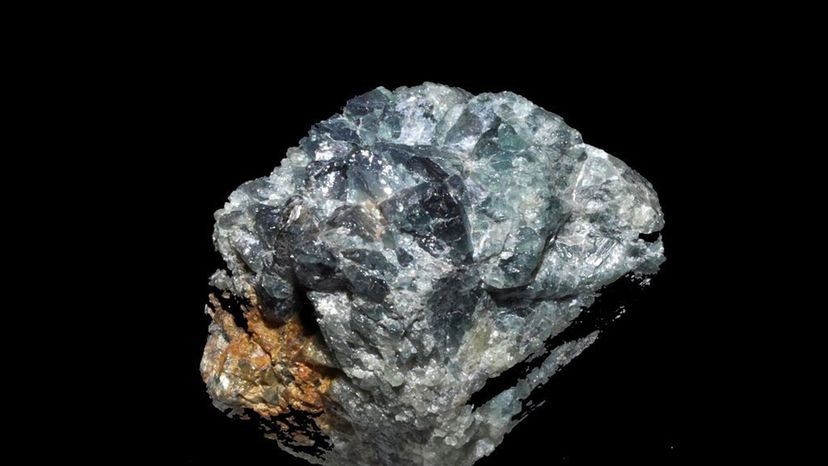
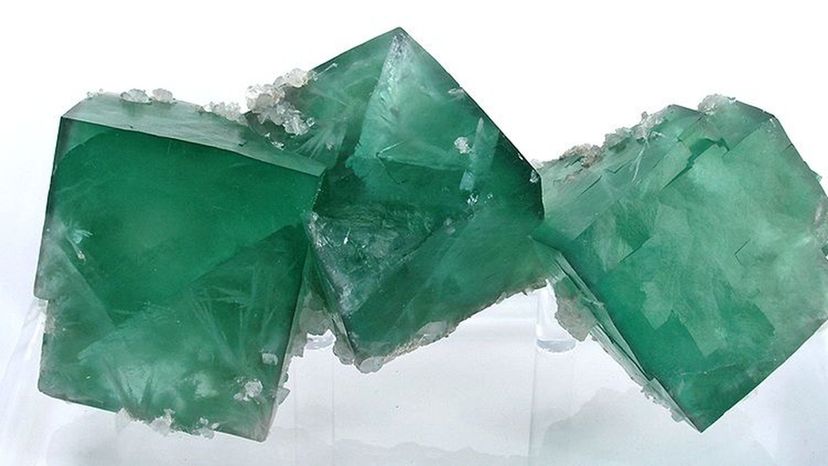
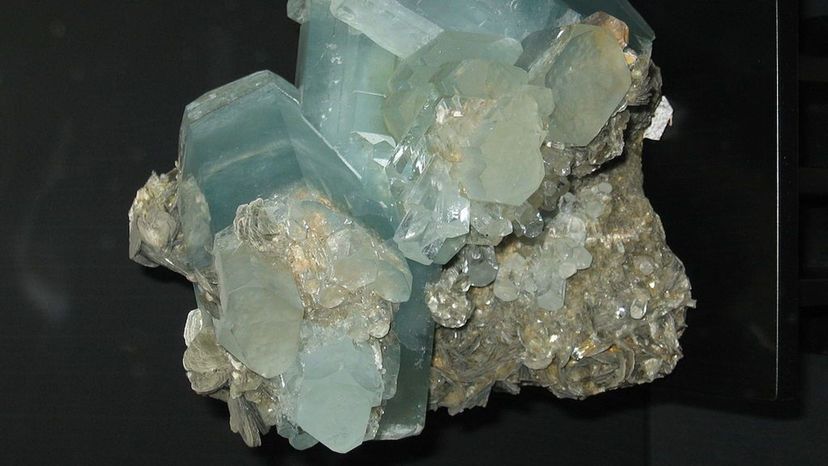
Advertisement

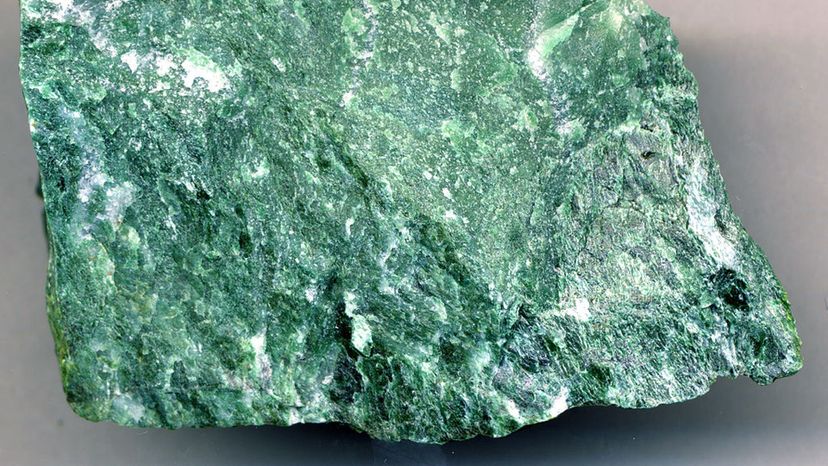
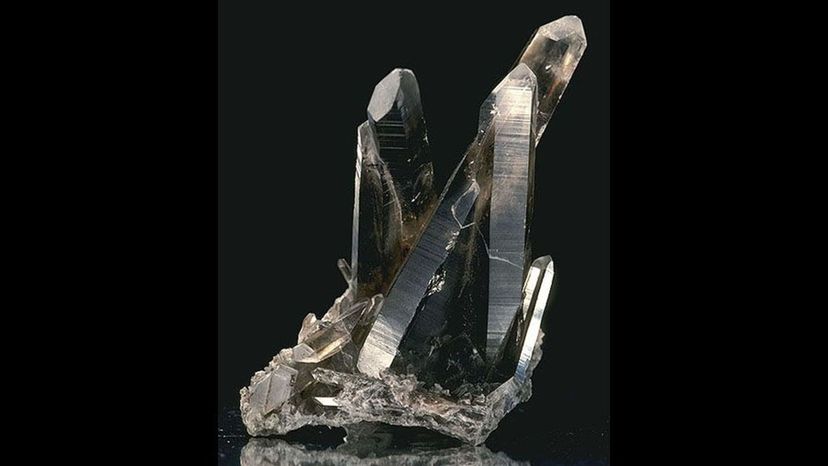
Advertisement
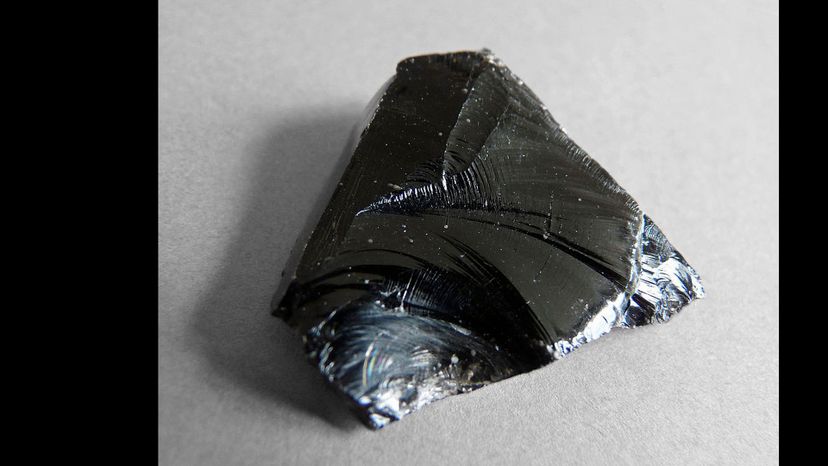

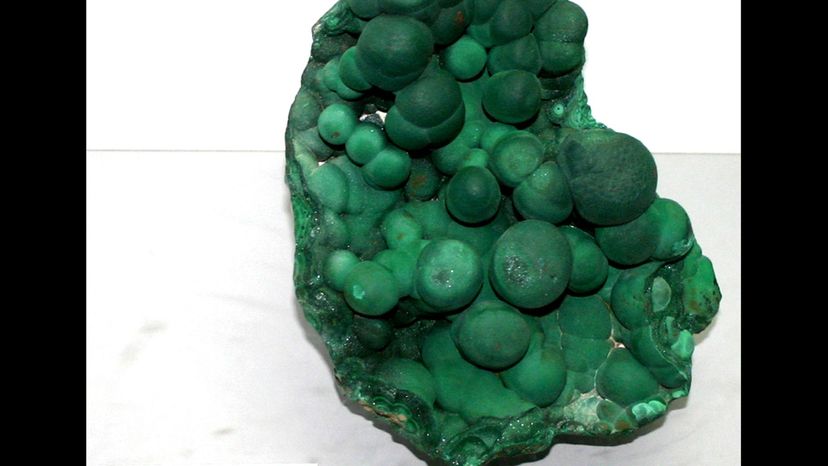
Advertisement

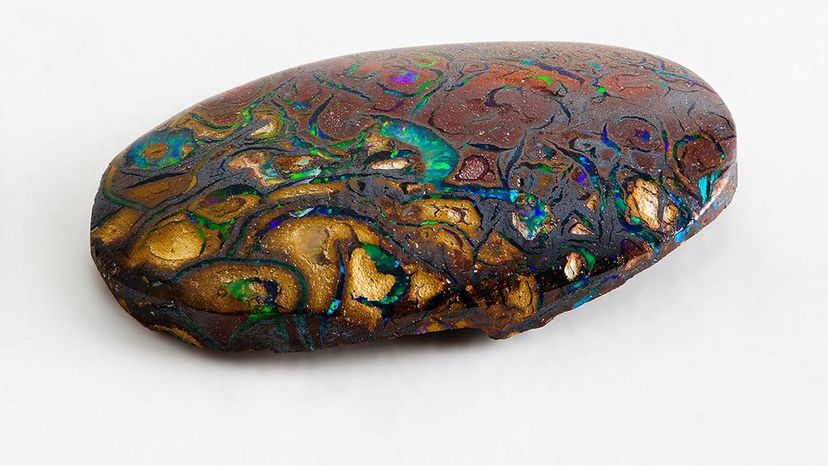
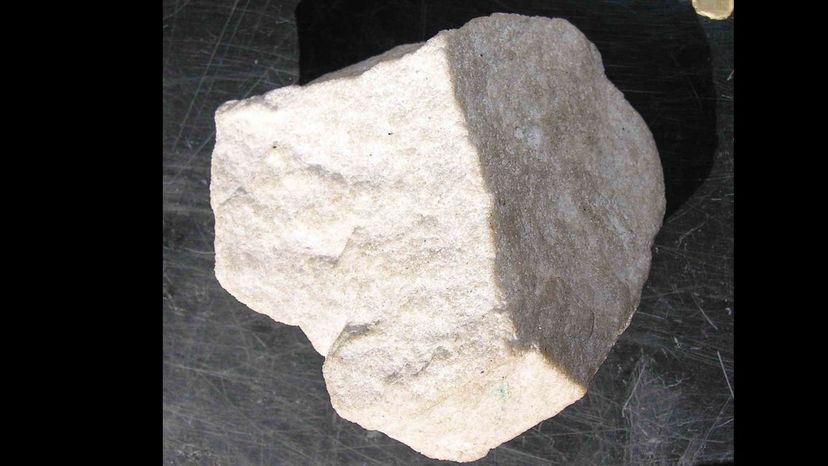
Advertisement
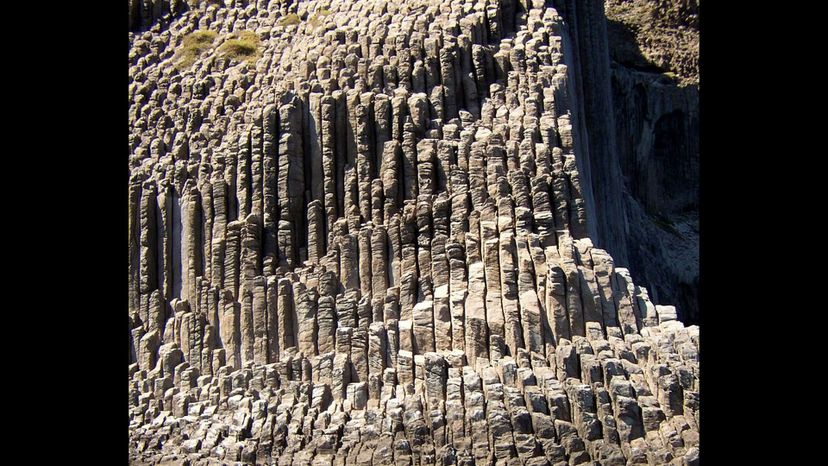
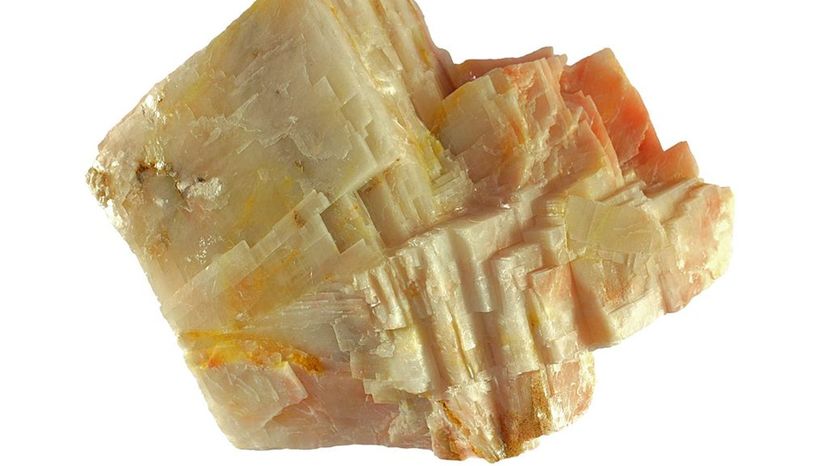
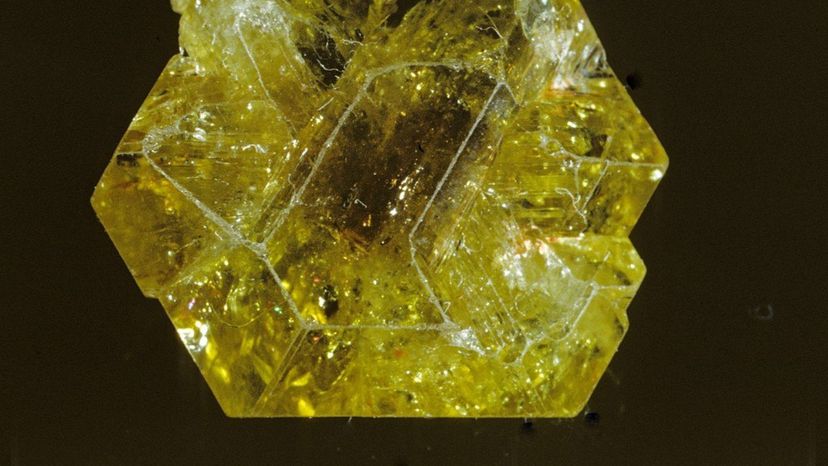
Advertisement

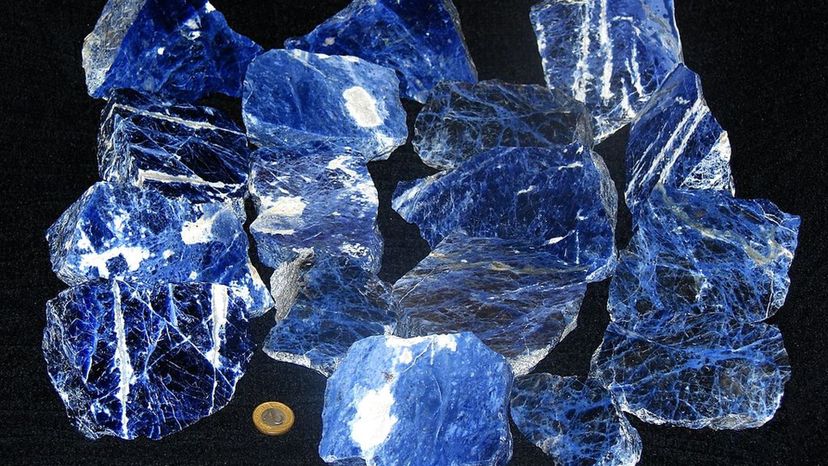
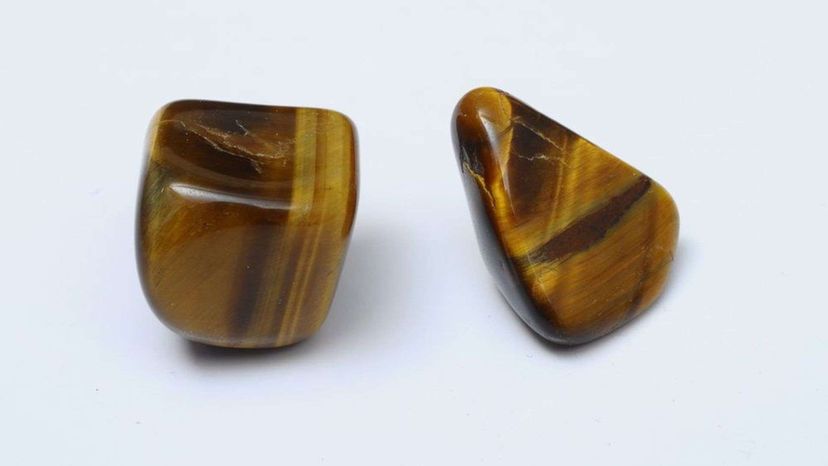
Advertisement
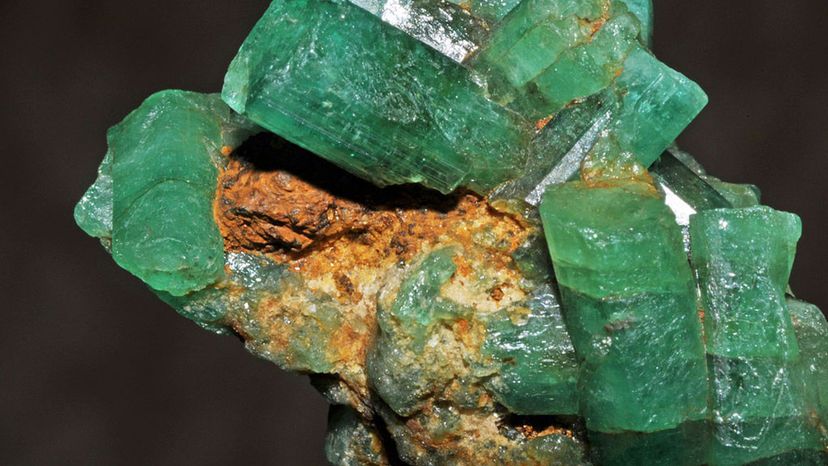
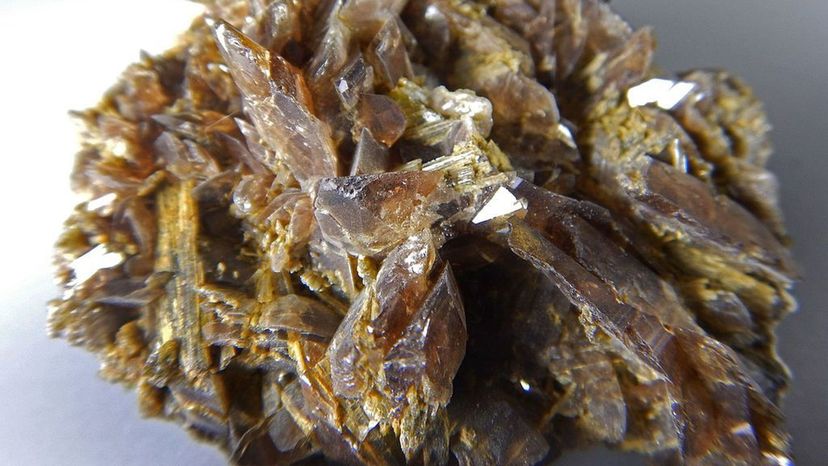
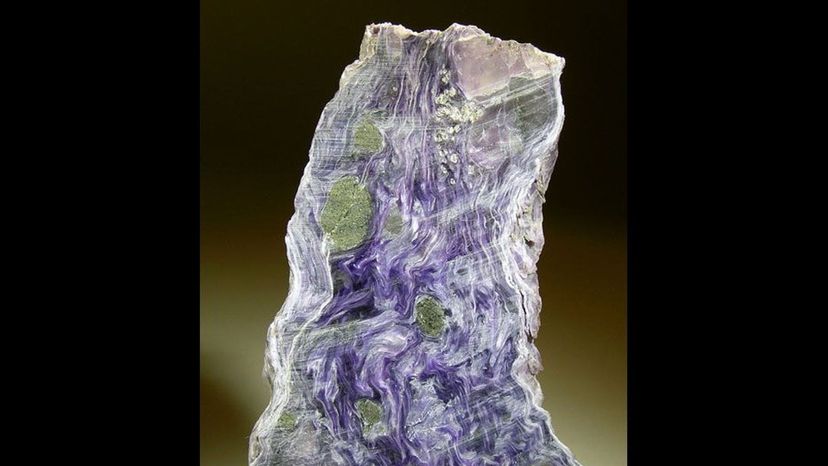
Advertisement
